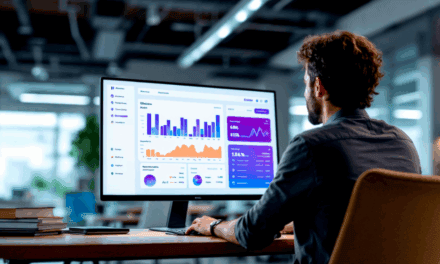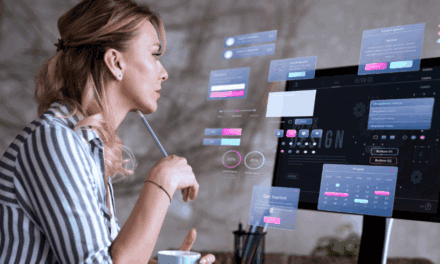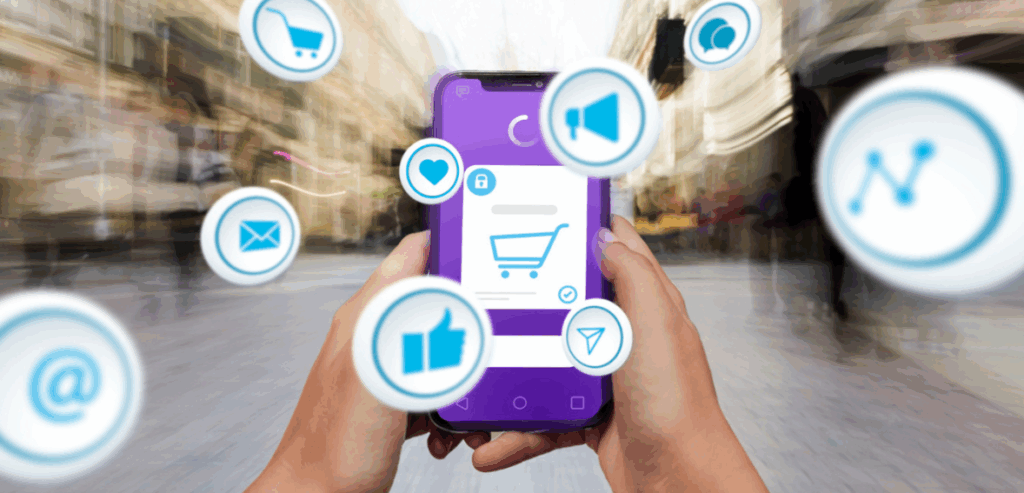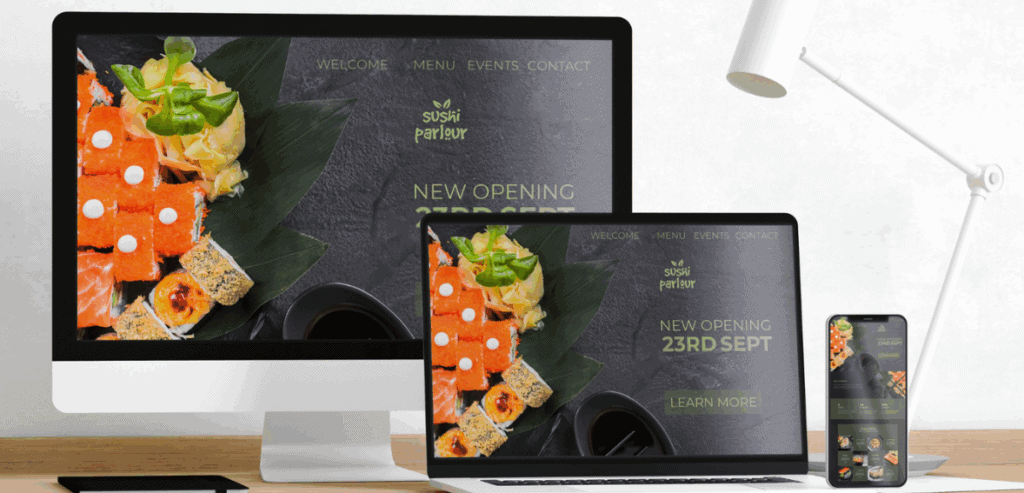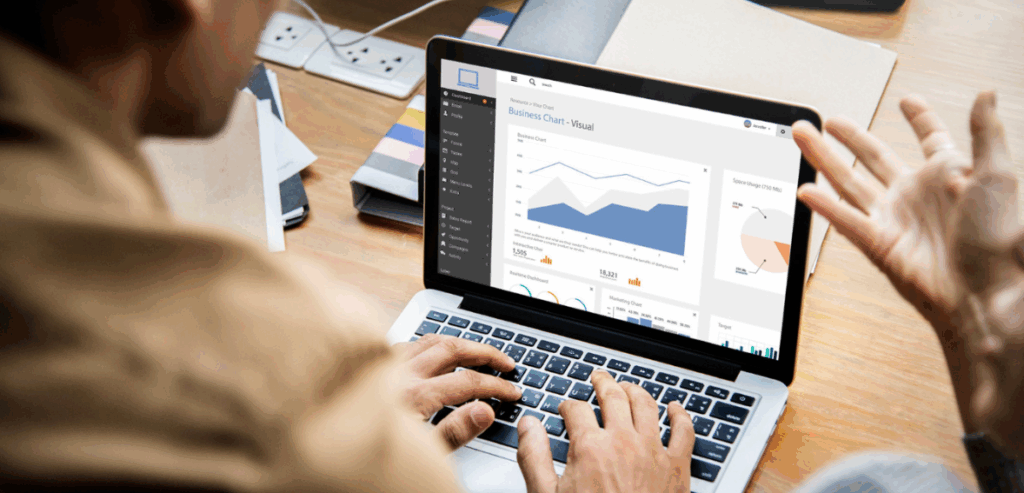Backlinks have long been a cornerstone of search engine optimization, playing a critical role in determining a website’s authority and visibility. Yet, as search engines have grown more sophisticated, the importance of high-quality backlinks has outweighed the sheer volume of links. Today, it is not about collecting as many links as possible but about building meaningful connections with authoritative sites. This is where public relations and outreach efforts step in. By combining digital PR SEO techniques with personalized outreach strategies, businesses can attract links from trusted sources that not only improve rankings but also boost brand credibility.
Unlike manipulative tactics of the past, which relied on link farms or paid placements, modern link building thrives on authentic content and genuine relationships. When brands provide valuable stories, insights, or resources to journalists and influencers, they earn backlinks naturally as part of broader media coverage. These earned links carry greater weight with search engines because they stem from editorial judgment rather than artificial schemes.
The Evolution of Backlink Importance
In the early days of SEO, the number of backlinks a site had was often enough to influence its search ranking. Websites pursued aggressive link-building tactics that prioritized quantity over quality. However, search engine algorithms evolved to detect manipulative practices, shifting the focus toward high-quality backlinks that demonstrate genuine authority. Today, links from well-regarded publications or industry-specific sites carry significantly more weight than hundreds of low-quality ones.
This evolution has made digital PR SEO more relevant than ever, as it aligns perfectly with the demand for authenticity. PR campaigns naturally generate links through media coverage, press releases, and thought leadership content. Combined with effective outreach strategies, businesses can secure placements on reputable platforms that elevate both rankings and reputation. The focus on quality has also encouraged brands to prioritize storytelling, unique insights, and credibility when pursuing backlinks. Rather than chasing numbers, businesses now chase influence, creating stronger long-term benefits.
Why PR is Essential for Link Building
Public relations is fundamentally about managing perceptions and building trust between a brand and its audience. These same qualities make it ideal for generating backlinks. Journalists and editors look for credible sources when covering stories, and a well-prepared PR campaign positions businesses as valuable contributors. When media outlets cite a brand’s research or expert commentary, they often include high-quality backlinks to the source, providing both visibility and SEO value.
This approach is central to digital PR SEO, as it seamlessly integrates brand promotion with search optimization goals. By crafting compelling press releases, case studies, or newsworthy insights, businesses create assets that naturally attract attention. PR teams then use outreach strategies to connect with journalists, bloggers, and influencers who are most likely to cover these stories. The result is organic link acquisition rooted in relevance and authority, a stark contrast to outdated link schemes that no longer carry weight.
Crafting a Compelling Story for Media Outreach
Media professionals are bombarded daily with pitches, so standing out requires more than generic messaging. Brands must develop compelling narratives that align with current trends or address pressing audience needs. For instance, original research, survey data, or expert commentary on industry developments are often irresistible to journalists. When crafted well, these stories encourage outlets to publish coverage that includes high-quality backlinks to the brand’s site.
In the context of digital PR SEO, storytelling transforms content into a strategic asset. It is not enough to say something interesting; it must be framed in a way that offers value to both the publication and its audience. Effective outreach strategies involve tailoring pitches to each journalist, showing awareness of their beat and readership. This personal touch increases the likelihood of earning coverage and ensures backlinks are placed in a context that enhances authority rather than appearing forced.
The Role of Content Assets in PR Outreach
Strong content assets are the foundation of successful link-building campaigns. These can include blog posts, white papers, infographics, or interactive tools that provide unique value. When shared as part of digital PR SEO efforts, these assets become reference points that journalists, bloggers, and industry experts cite in their own content. Each citation often brings a high-quality backlink, further boosting the site’s authority.
Effective outreach strategies revolve around promoting these assets to the right audiences. Instead of pushing content broadly, businesses should identify niche publications, industry associations, or influencers who are most likely to find the material relevant. For example, a detailed industry report may resonate with trade publications, while an infographic might appeal to lifestyle bloggers. By aligning the content asset with the right channels, digital PR SEO campaigns maximize their chances of earning strong backlinks while building brand recognition.
Building Relationships with Journalists and Influencers
At the heart of successful outreach lies genuine relationship-building. Journalists and influencers are more receptive to brands they trust and have interacted with positively in the past. This is why outreach strategies should focus on long-term engagement rather than one-off requests. Sharing valuable insights, responding quickly to queries, and maintaining open communication establish credibility over time.
In terms of digital PR SEO, these relationships translate into consistent opportunities for high-quality backlinks. When journalists recognize a brand as a reliable source, they are more likely to cite it in future stories. Similarly, influencers may link to a company’s resources if they see the brand as aligned with their audience’s interests. Building relationships is not just about asking for links; it is about offering mutual value that fosters ongoing collaboration and visibility.
Leveraging Digital Tools for Smarter Outreach
Technology plays a crucial role in streamlining outreach efforts. Platforms that track journalist contact details, monitor media mentions, and automate follow-ups make it easier to manage large-scale campaigns. These tools are essential for scaling digital PR SEO, ensuring businesses can target the right people at the right time. They also provide insights into which pitches are successful and which need refinement, allowing for continuous improvement.
By combining these tools with strong outreach strategies, businesses can create efficient systems for securing high-quality backlinks. Automated tracking ensures no opportunity is missed, while data-driven insights help refine future campaigns. However, while technology enhances efficiency, personalization remains critical. Automated emails without customization rarely succeed, making it vital to combine digital tools with thoughtful, human-led outreach.
Measuring the ROI of PR-Driven Link Building
Like any business strategy, link-building efforts must be measured to assess effectiveness. The value of digital PR SEO lies not only in acquiring backlinks but also in improving search visibility, referral traffic, and brand recognition. Metrics such as domain authority, keyword rankings, and organic traffic growth provide tangible indicators of success.
Tracking the performance of outreach strategies also reveals which approaches deliver the best results. For example, pitches to industry-specific publications may generate fewer but more impactful high-quality backlinks, while broader campaigns may provide volume without relevance. Understanding these dynamics allows businesses to refine their PR and outreach efforts, focusing resources where they yield the greatest ROI. Ultimately, the ability to measure outcomes ensures that link-building remains a sustainable and justifiable investment.
Overcoming Challenges in PR and Outreach
Despite its benefits, PR-driven link building is not without challenges. Journalists may reject pitches, influencers may request compensation, and content may not always gain traction. These hurdles can discourage businesses from investing in digital PR SEO, but persistence is key. Adapting messages, refining assets, and diversifying targets improve the chances of success over time.
Another challenge lies in balancing scalability with personalization. Automated outreach strategies can save time but risk alienating recipients if they feel impersonal. The focus must remain on building authentic connections that generate high-quality backlinks naturally. By viewing setbacks as opportunities to learn, businesses can strengthen their approach and increase the long-term effectiveness of their PR and outreach campaigns.
The Future of PR-Driven Link Building
As search engines continue to refine their algorithms, the demand for authentic and authoritative backlinks will only grow. Digital PR SEO is poised to become even more integral, bridging the gap between brand visibility and search performance. In the future, multimedia storytelling, interactive content, and social media engagement will all play larger roles in earning links.
For businesses, the challenge will be developing outreach strategies that adapt to changing media landscapes. Emerging platforms, new content formats, and evolving audience preferences will all shape how high-quality backlinks are earned. Brands that embrace innovation while maintaining a commitment to authenticity will stand out in this evolving landscape. In 2025 and beyond, PR and outreach will remain essential to sustainable link-building success.
Aligning PR Campaigns with SEO Goals
A common mistake businesses make is running PR campaigns without considering how they influence search visibility. While traditional PR focuses on brand awareness, digital PR SEO integrates media outreach with keyword strategies and link-building objectives. This alignment ensures that stories picked up by journalists or bloggers not only boost brand recognition but also generate high-quality backlinks to strategic landing pages. For example, a company releasing a new product can craft a press release optimized with relevant keywords and supported by useful content assets, making it more likely to be cited online.
When combined with thoughtful outreach strategies, this approach transforms PR into a dual-purpose tool: one that improves both visibility in media outlets and rankings on search engines. By aligning PR with SEO, businesses maximize the value of every campaign, ensuring coverage directly contributes to search performance while still resonating with audiences.
Thought Leadership as a Link Magnet
Positioning executives and experts as thought leaders is one of the most effective ways to earn high-quality backlinks. Publications value expert commentary, and when leaders provide data-backed insights or unique perspectives, they often become quoted sources in articles. This is where digital PR SEO plays a role, amplifying thought leadership pieces so they reach relevant journalists and industry blogs. When experts are cited, their websites are usually linked as the authoritative source.
Leveraging outreach strategies, businesses can pitch opinion articles, interviews, or Q&A features to media outlets, expanding the reach of their insights. Over time, consistent thought leadership builds both reputation and SEO authority, as the volume of organic links grows steadily. This method demonstrates that credibility and expertise are not just good for branding but also powerful drivers of link equity. For membership-driven or niche industries, thought leadership can be the defining factor in securing lasting digital visibility.

Social Media’s Role in Amplifying Outreach
While direct pitches remain central to PR, social media has become a powerful amplifier for earning high-quality backlinks. Journalists, bloggers, and influencers often discover stories on platforms like Twitter, LinkedIn, or Instagram. A strong digital PR SEO campaign incorporates social media promotion to give content greater visibility, increasing the chances of being cited by authoritative sources. For example, sharing an infographic on LinkedIn may attract industry professionals who later reference it in blog posts, creating natural links. Effective outreach strategies should therefore blend direct communication with social engagement, ensuring content circulates widely across relevant communities.
Additionally, maintaining an active presence on social platforms helps brands build credibility, making their pitches more appealing when they reach journalists. Social media not only extends the life of PR content but also creates a ripple effect that drives organic mentions and links. For modern SEO, ignoring the social dimension of outreach means missing a significant opportunity for link growth.
Avoiding Common Outreach Mistakes
Even the best content can fail to earn high-quality backlinks if outreach is poorly executed. One of the most common errors is sending generic, mass-produced emails that fail to resonate with journalists. Effective outreach strategies require personalization, demonstrating that the brand understands the recipient’s audience and interests. Another mistake is focusing only on high-profile publications while ignoring niche outlets, which often deliver more relevant traffic and stronger contextual links. In terms of digital PR SEO, failing to align pitches with keyword goals or landing pages also weakens the impact of earned links.
Businesses should avoid being overly promotional in pitches, as media professionals prioritize value for their readers over marketing messages. By recognizing these pitfalls and refining outreach approaches, organizations improve their chances of success. Careful targeting, thoughtful messaging, and alignment with SEO objectives transform outreach from a hit-or-miss activity into a reliable method for acquiring authoritative links.
Conclusion
PR and digital outreach have redefined link building by emphasizing authenticity, authority, and relevance. The days of chasing sheer numbers are over; today, high-quality backlinks from trusted sources carry the most weight. Through digital PR SEO and carefully planned outreach strategies, businesses can secure links that not only improve rankings but also strengthen brand credibility. By investing in storytelling, building relationships, leveraging technology, and measuring outcomes, organizations can turn PR into a powerful SEO asset. As the digital landscape evolves, businesses that integrate PR and outreach into their link-building strategies will gain a lasting advantage. Authenticity, relevance, and persistence will define success, ensuring backlinks are not just links but signals of authority and trust.


